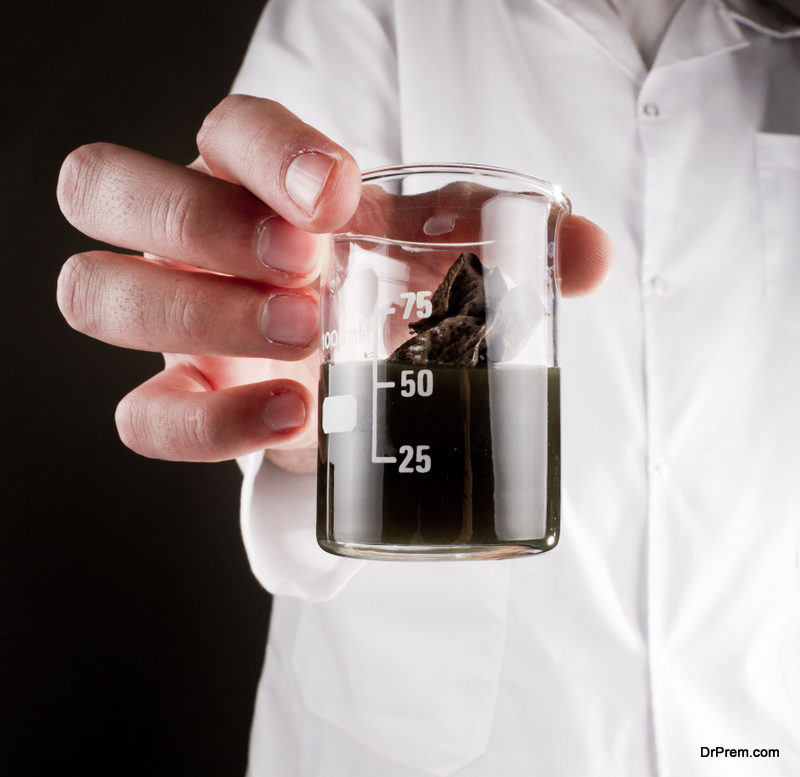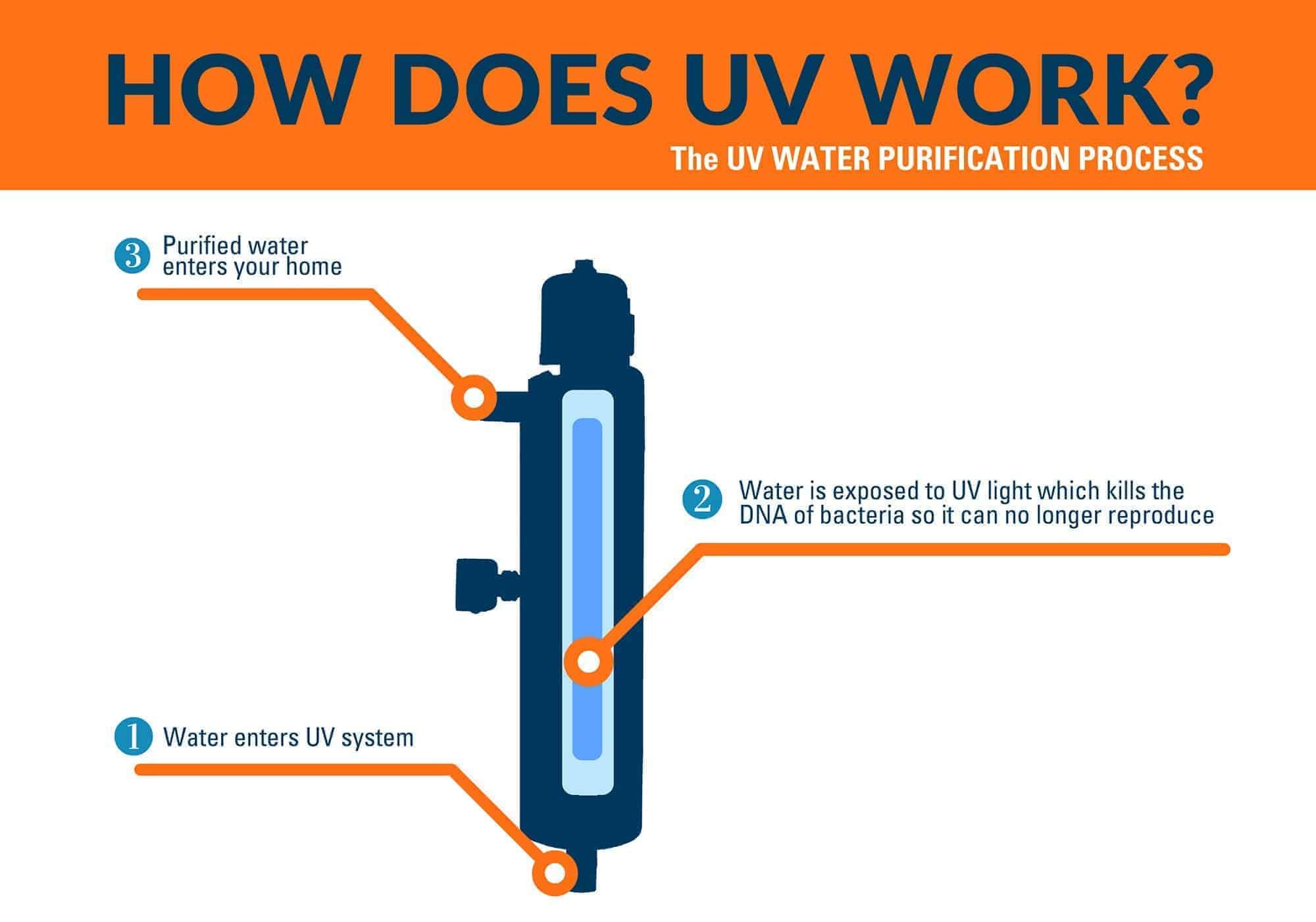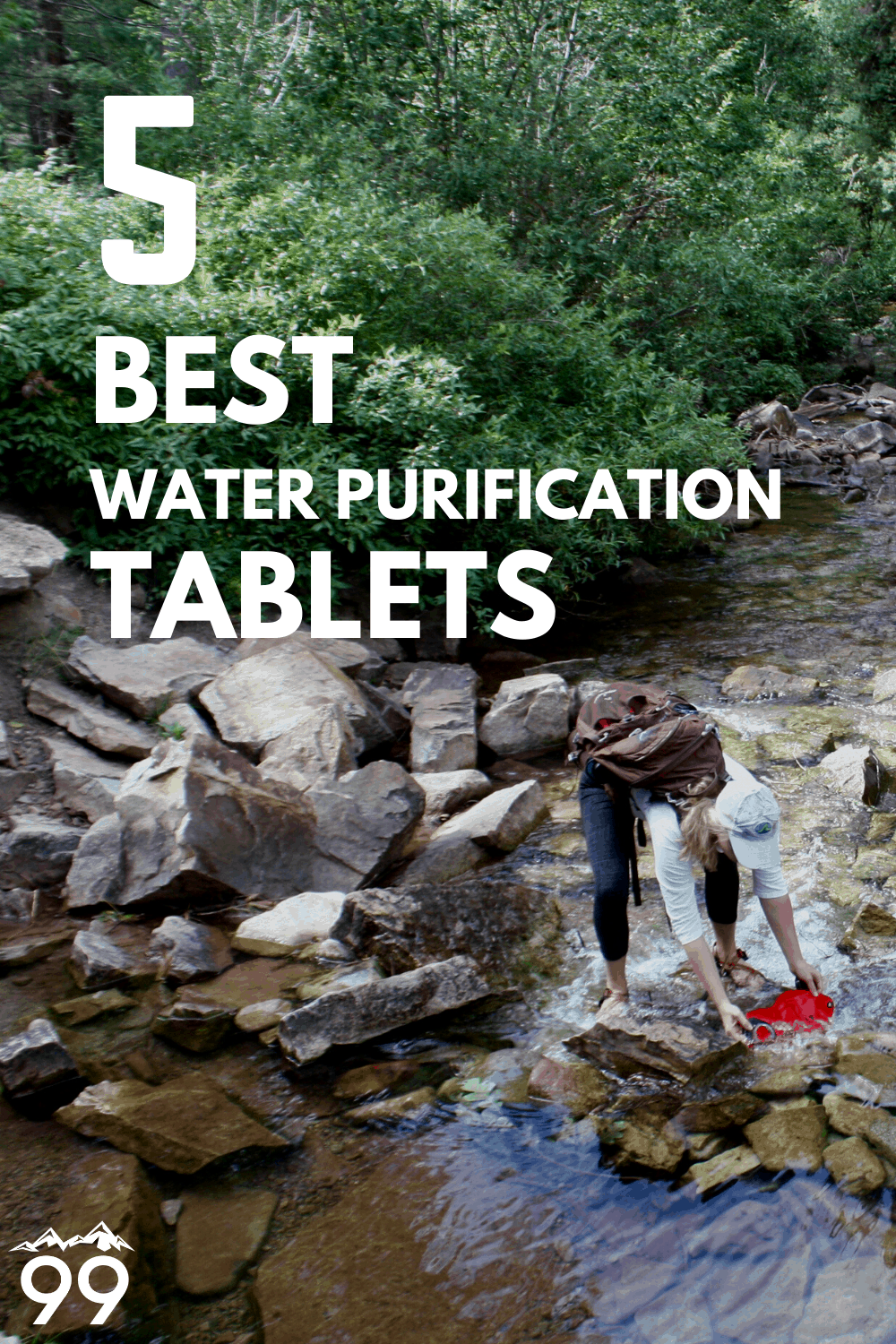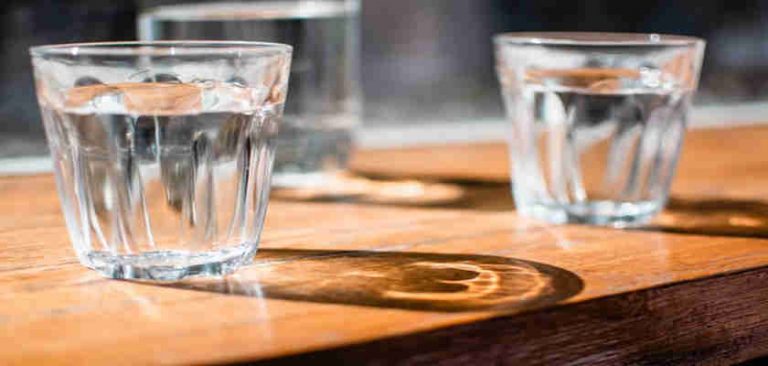Distillation:

Reverse Osmosis:

- Water passes through a semipermeable membrane that blocks contaminants.
- Pure water molecules pass through the membrane, while larger molecules like salts and bacteria are blocked.
- Reverse osmosis systems can be installed at home or used as portable devices.
- Effectively removes a wide range of impurities and produces high-quality drinking water.
Activated Carbon Filtration:

- Activated carbon is a potent adsorbent that traps contaminants in its pores.
- Water passes through a bed of activated carbon, where impurities are removed.
- Activated carbon filters are commonly used in water pitchers, countertop filters, and industrial water treatment systems.
- Effectively removes organic contaminants, pesticides, chlorine, and improves taste and odor.
Ultraviolet (UV) Disinfection:
- UV light has a germicidal effect, killing bacteria and viruses in water.
- UV disinfection systems use UV lamps to irradiate water, destroying pathogens.
- UV treatment is commonly used in municipal water treatment plants and can also be used for point-of-use applications.
- Effective in disinfecting water, but does not remove chemical contaminants.
Chlorination:
- Chlorine is a chemical disinfectant added to water to kill harmful microorganisms.
- Chlorination is widely used in municipal water treatment as it is effective in preventing waterborne diseases.
- While safe for drinking, chlorine can affect the taste and odor of water and may react with other impurities to form harmful disinfection byproducts.
These methods offer varying levels of purification, effectiveness against different contaminants, and suitability for different settings. It’s important to consider factors such as the source of water, desired purity level, cost, and convenience when choosing a water purification method. It’s also essential to follow proper maintenance and replacement schedules for the selected purification system to ensure consistent performance and safe drinking water.










